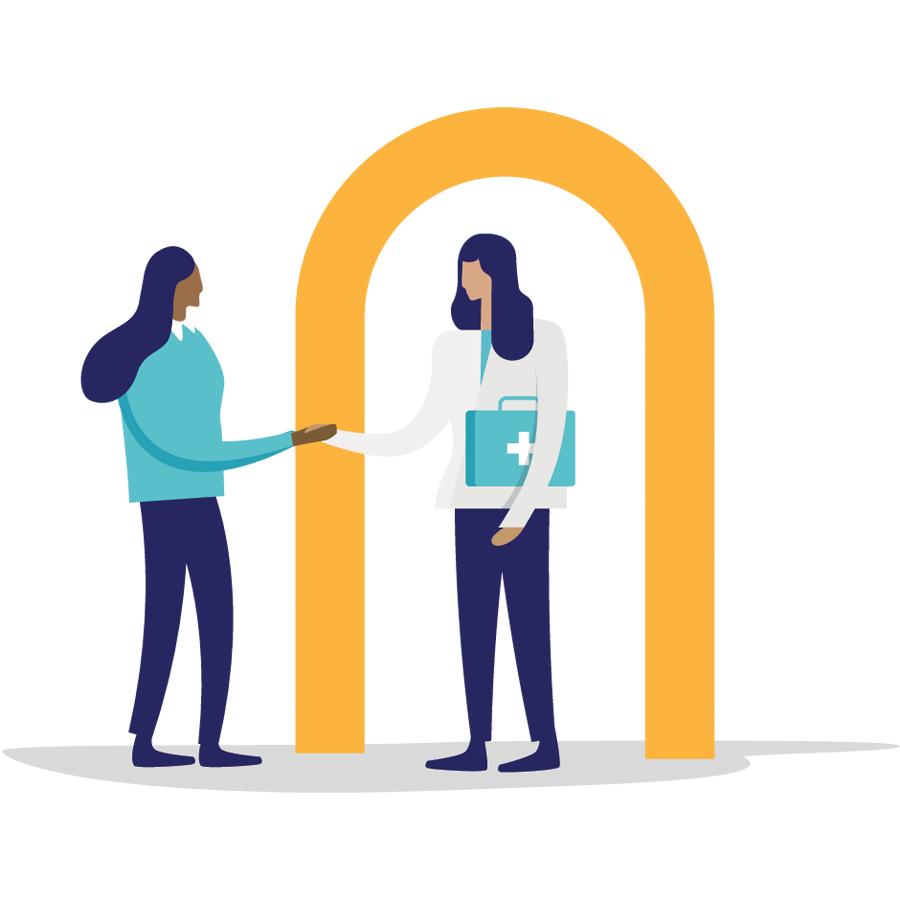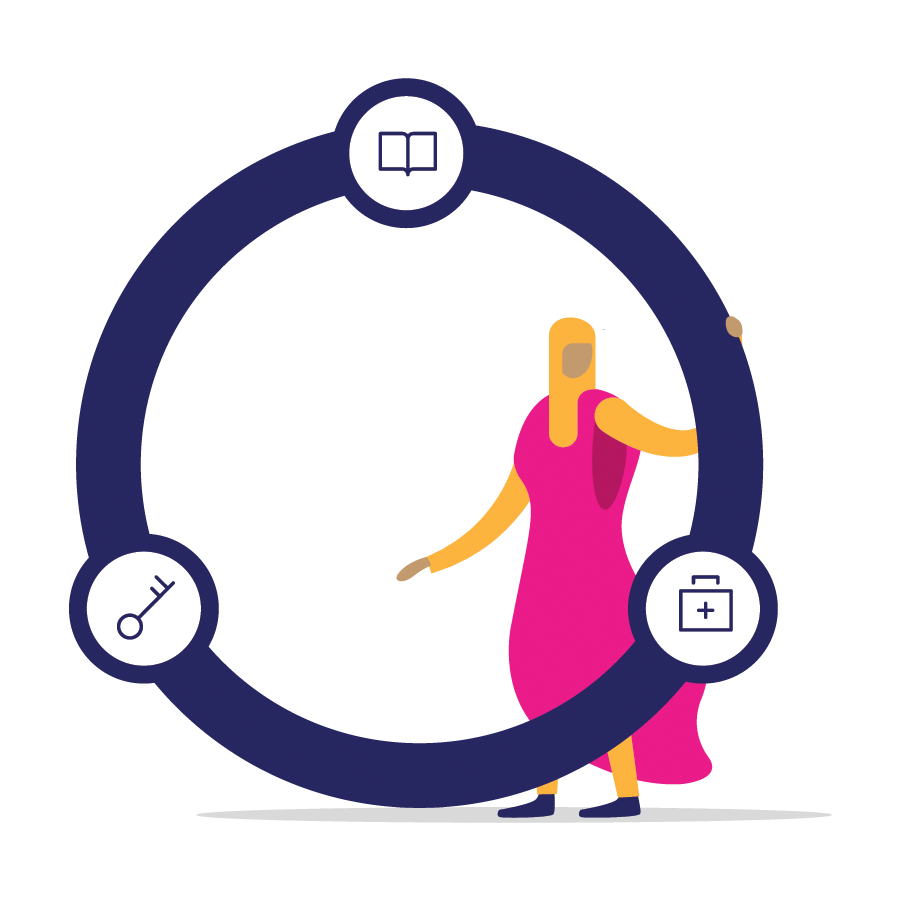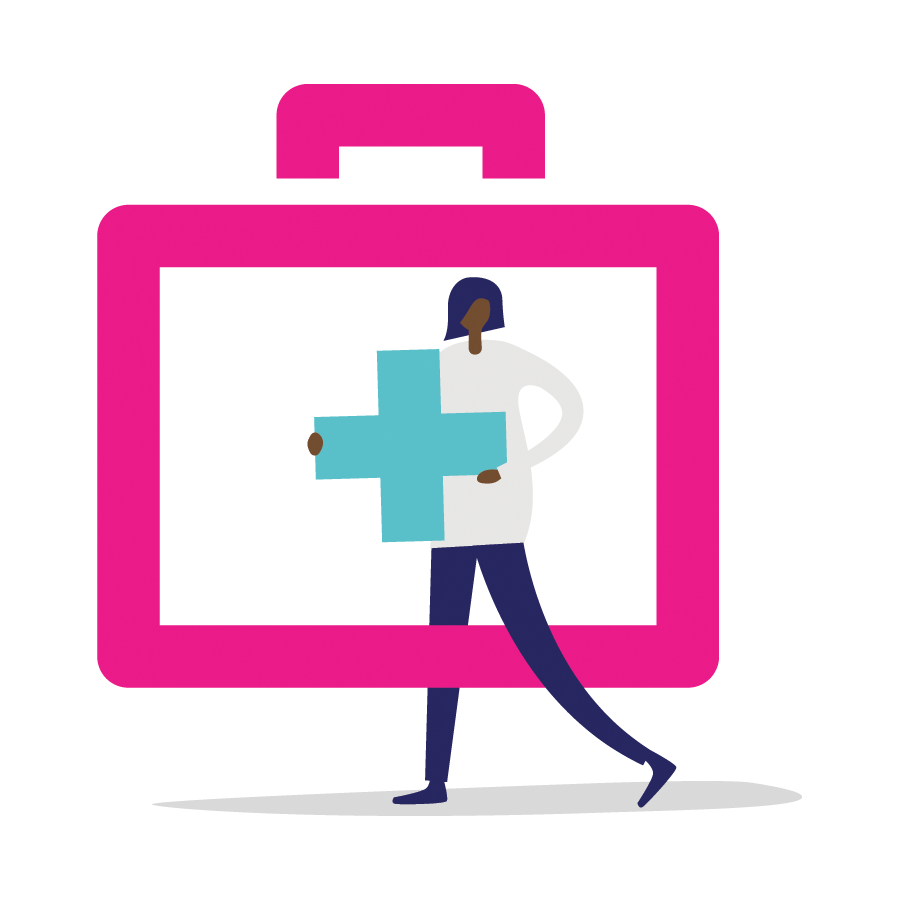Subscribe to our newsletter to receive the latest SafeAccess articles, straight to your inbox.
sign upWe know that every woman's experience of accessing safe abortion and post-abortion care services will vary. Their experience will be determined by their individual preferences, but also by their local policy restrictions and their government's commitments to the wellbeing and rights of women and girls.
In their clinical guidelines, the World Health Organization (WHO) state that access to safe abortion is central to fulfilling the human rights of women and girls:
“The WHO strategy is grounded in international human rights treaties and global consensus declarations that call for the respect, protection and fulfillment of human rights… To realize these rights, and to save women’s lives, programmatic, legal and policy aspects of the provision of safe abortion need to be adequately addressed”
However, we know that not all countries are currently meeting this. To address this, the WHO, in partnership with the Population Division of the United Nations Department of Economic and Social Affairs, developed an open-access database sharing laws, policies and health standards on abortion in countries worldwide.
The Global Abortion Policies Database aims to increase transparency around abortion laws and policies, while holding countries to account over the protection of the health and human rights of women girls. The database includes policy information on:
- Legal grounds and related gestational limits
- Authorization and service-delivery requirements
- Policies about who can provide abortion and where
- When and how abortion services are permitted
- Criminal penalties for women, girls, healthcare providers and others.
Writing on the launch of the platform, the WHO stated:
“The global picture for abortion laws and policies is complex. Individual countries’ laws and policies can be protective or punitive, specific or non-specific, and limiting or facilitating for access and service provision. The database can help to unpack the complexities and nuances of these laws and policies… By sharing abortion laws and policies from across the world, it is hoped that the database will improve transparency and encourage countries to hold themselves to account for protecting girls’ and women’s human rights to health and well-being.”
Access the Global Abortion Policies Database via the WHO website






